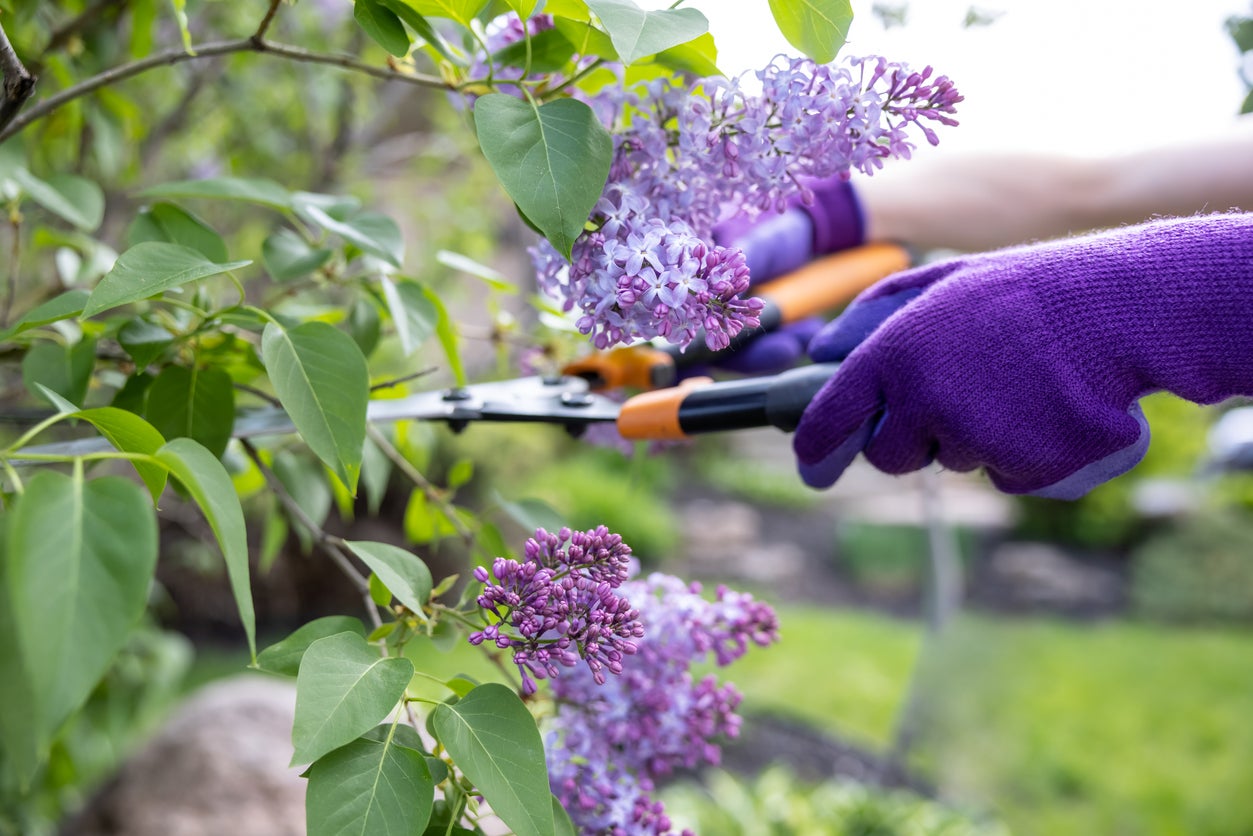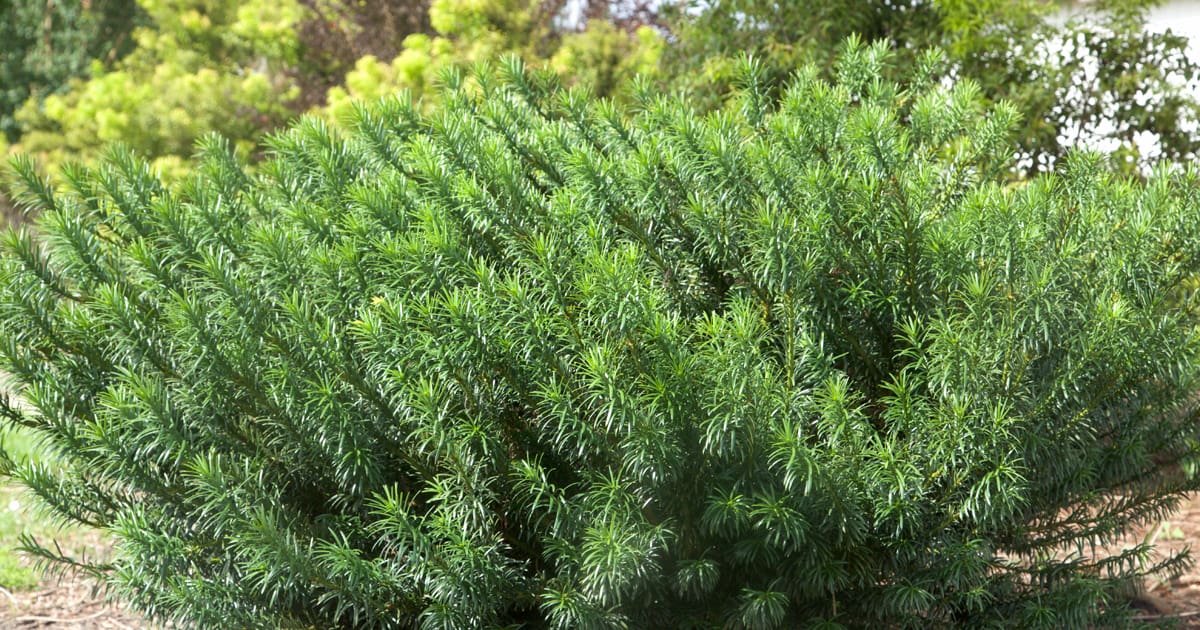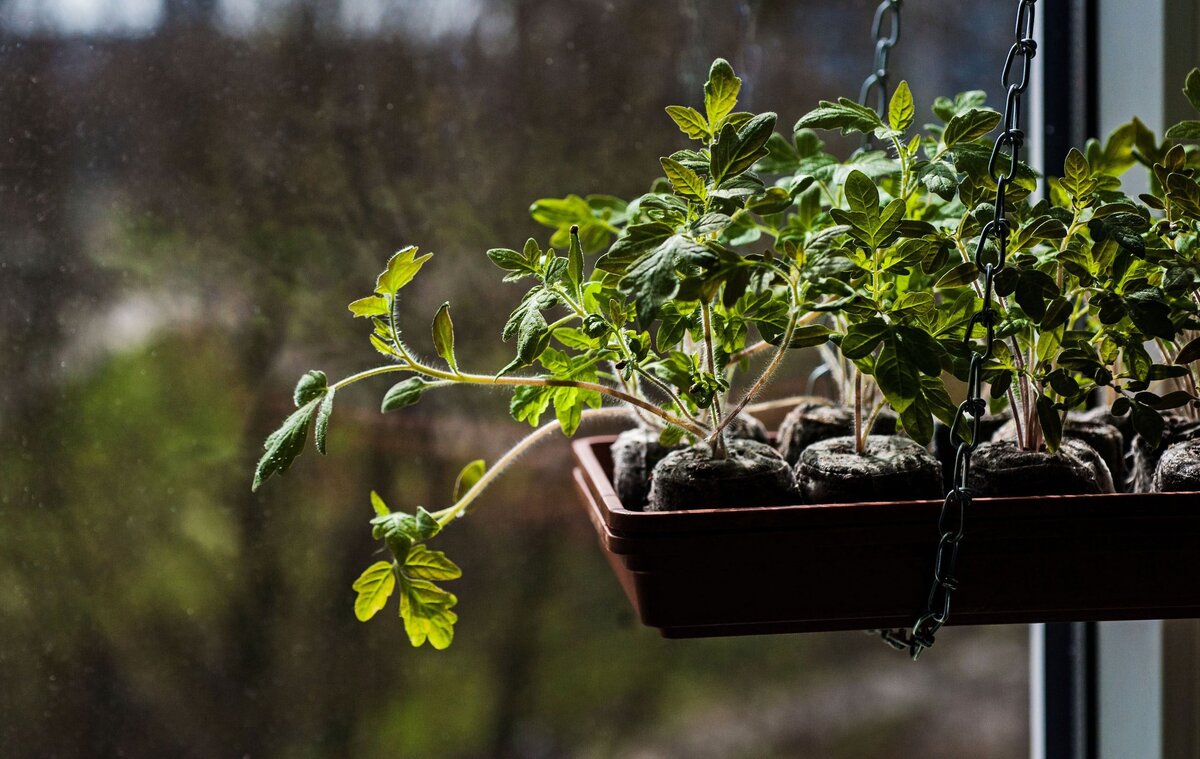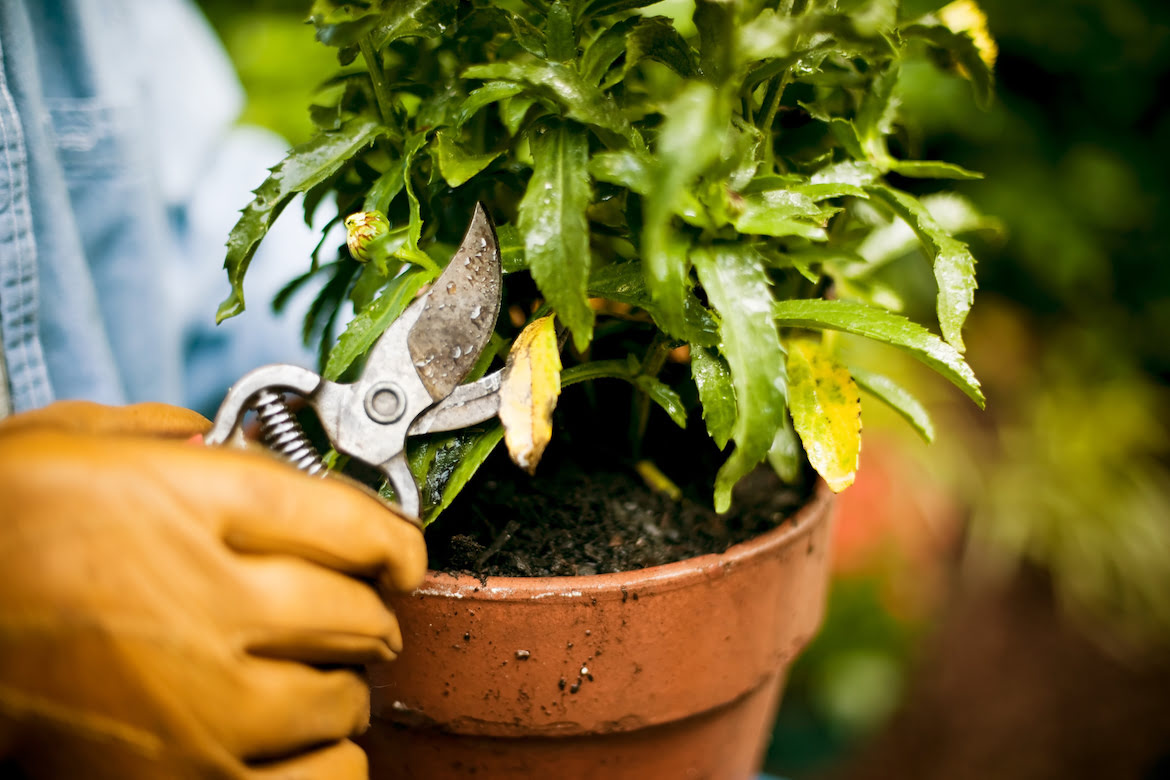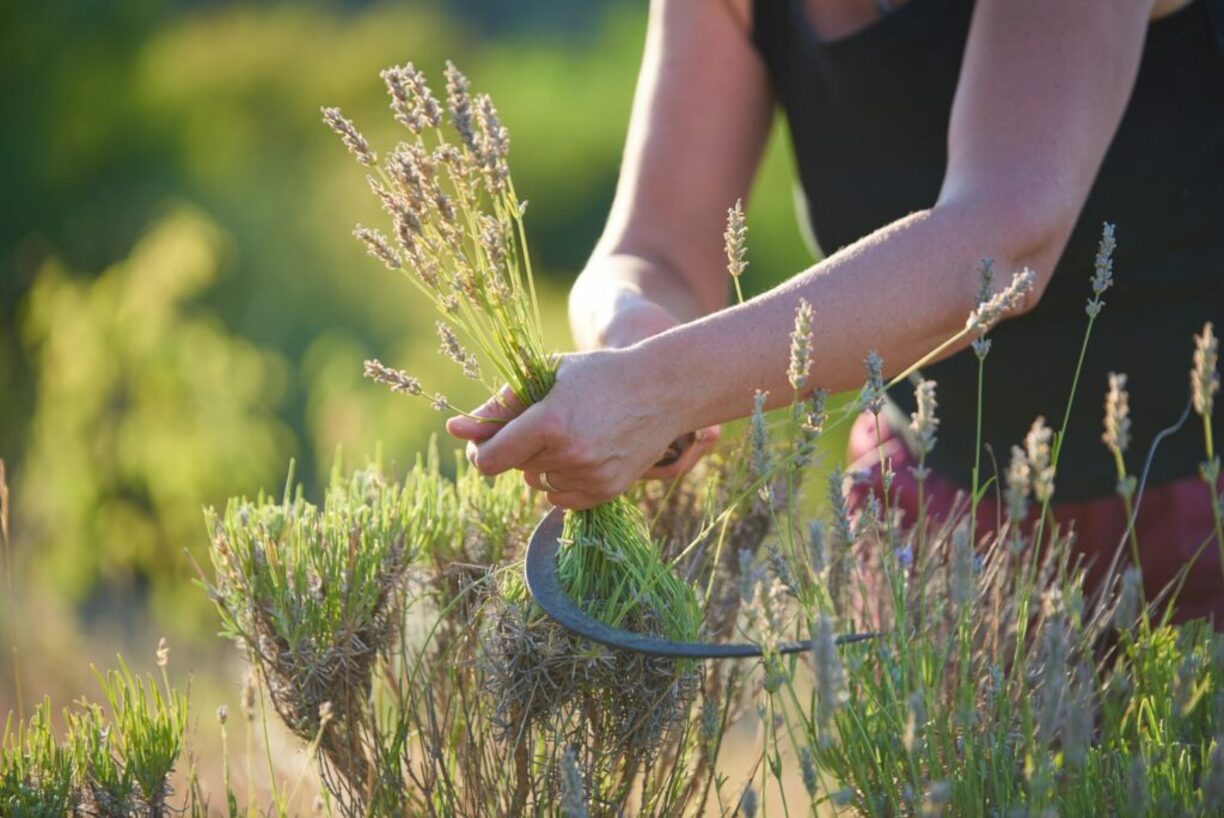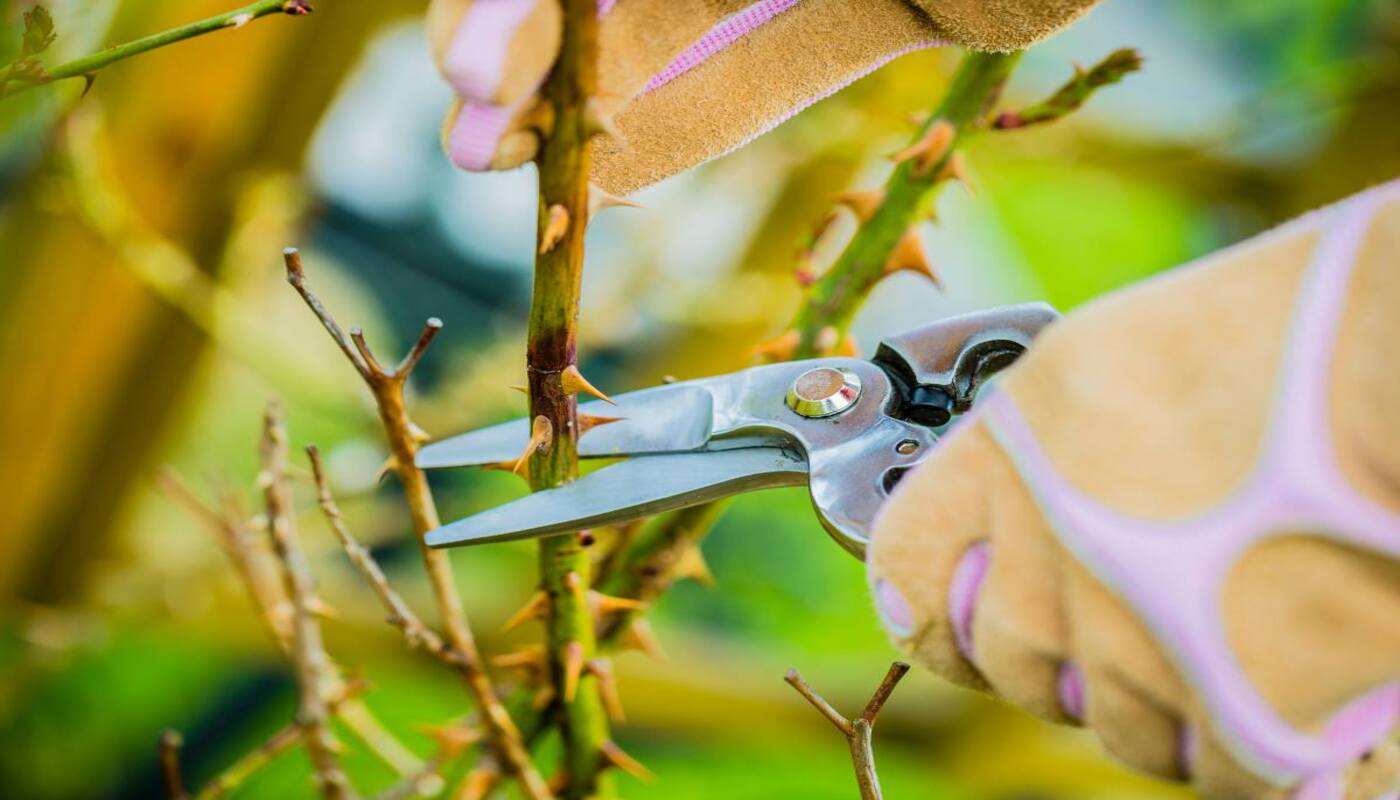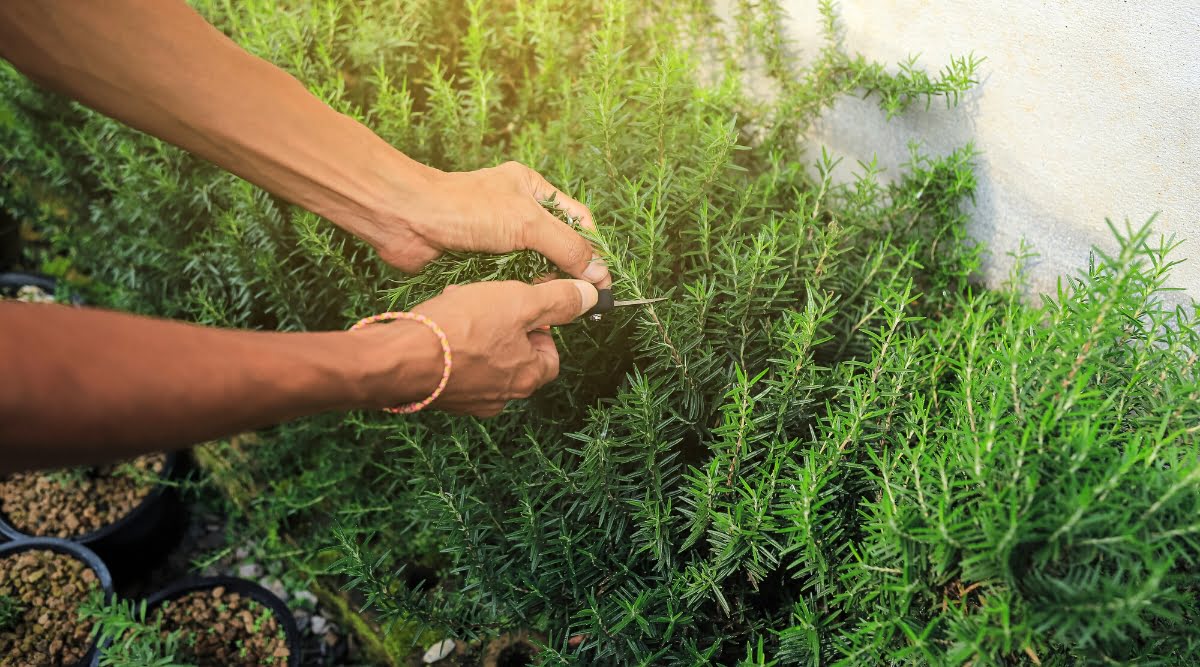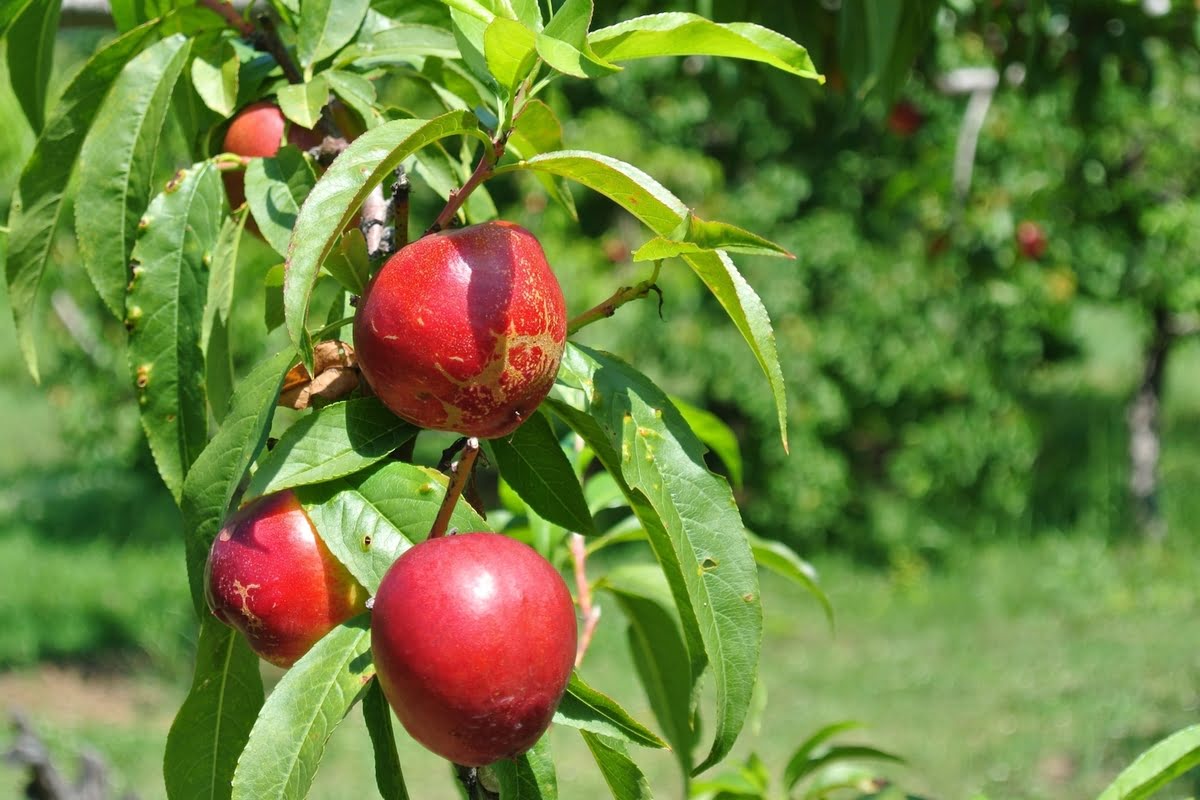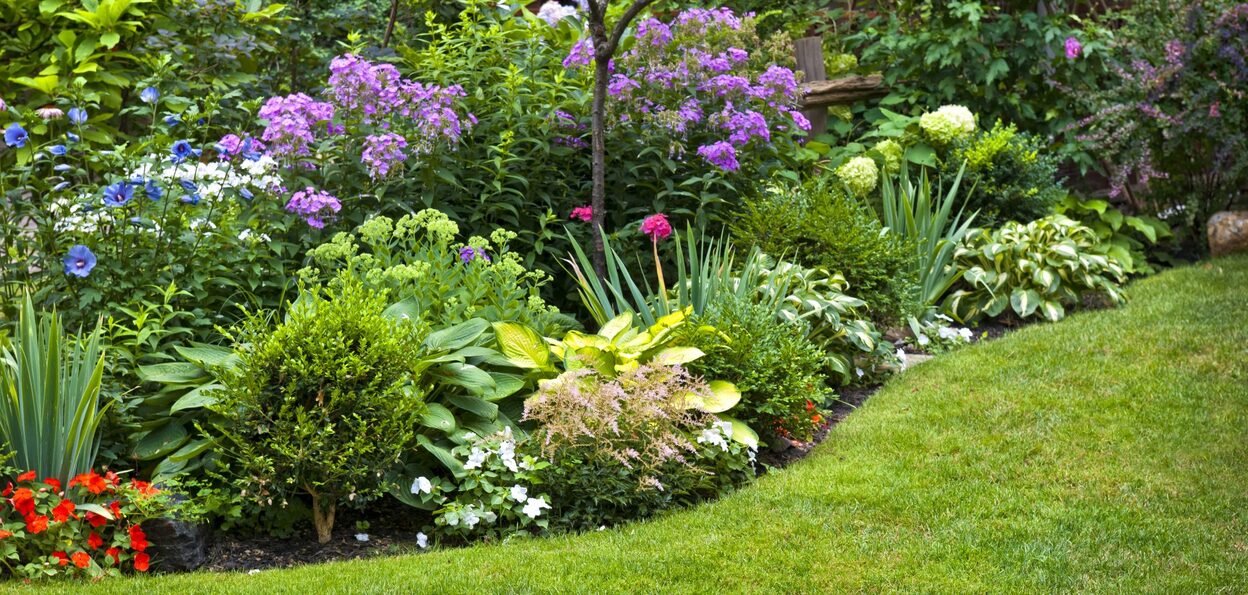Home>Gardening Techniques>Plant Care>When To Prune Laurel Shrubs


Plant Care
When To Prune Laurel Shrubs
Modified: January 22, 2024
Learn when and how to prune laurel shrubs for optimal plant care. Expert tips, step-by-step guide, and common mistakes to avoid.
(Many of the links in this article redirect to a specific reviewed product. Your purchase of these products through affiliate links helps to generate commission for Chicagolandgardening.com, at no extra cost. Learn more)
Table of Contents
Introduction
Welcome to our comprehensive guide on pruning laurel shrubs! Whether you are a seasoned gardener or a plant care enthusiast, understanding how and when to prune your laurel shrubs is essential for maintaining their health and enhancing their appearance. Pruning is a crucial part of plant care as it helps promote new growth, maintain shape, and remove any diseased or damaged branches. However, it is important to approach the task with knowledge and precision to avoid harming the plant.
In this article, we will delve into the world of laurel shrubs, discuss the reasons behind pruning, and provide valuable insights on when and how to prune them effectively. We will also explore the necessary tools and equipment needed for the task, as well as highlight common mistakes to avoid. By the end, you will have a clear understanding of how to prune your laurel shrubs with confidence.
Whether you have cherry laurel (Prunus laurocerasus), English laurel (Prunus laurocerasus ‘Rotundifolia’), or Portuguese laurel (Prunus lusitanica), the principles of pruning remain the same. So, let’s dive in and discover the secrets to keeping your laurel shrubs in optimal condition!
Understanding Laurel Shrubs
Before we explore the art of pruning laurel shrubs, it is important to have a good understanding of these versatile and attractive plants. Laurel shrubs belong to the Prunus genus and are known for their glossy evergreen foliage, beautiful flowers, and sometimes even edible fruits. They are native to various regions, including Europe, Asia, and North America.
One of the most common types of laurel shrubs is the cherry laurel (Prunus laurocerasus). It features large, dark green leaves and produces clusters of fragrant white flowers in the spring, which eventually give way to small black berries. English laurel (Prunus laurocerasus ‘Rotundifolia’), with its bold and dense foliage, is another popular variety. Portuguese laurel (Prunus lusitanica) showcases glossy dark green leaves and ornamental berries.
Laurel shrubs are valued for their versatility and ability to thrive in a variety of conditions. They can withstand both sun and shade, making them suitable for different areas in your garden. Additionally, laurel shrubs are relatively low-maintenance and can tolerate a range of soil types, although they prefer well-draining soil.
These shrubs are also known for their fast growth rate, which contributes to their popularity in landscape design. However, if left unpruned, laurel shrubs can become unruly, losing their shape and potentially encroaching on other plants or structures. This is why regular pruning is crucial to keep them in check and maintain their aesthetic appeal.
Moreover, pruning laurel shrubs not only helps in shaping and controlling their growth but also stimulates the development of new branches and foliage. It allows for more air circulation and sunlight penetration, which ultimately enhances the overall health of the plant.
With a firm understanding of laurel shrubs and their characteristics, we can now move on to explore the reasons behind pruning them.
Reasons for Pruning Laurel Shrubs
Pruning laurel shrubs serves several important purposes that contribute to their overall health and appearance. Understanding these reasons will help you approach the pruning process with clarity and confidence.
1. Shape and Aesthetic Appeal: Pruning allows you to shape your laurel shrubs according to your desired aesthetic. Regular pruning helps maintain a neat and tidy appearance, ensuring that the shrubs are in harmony with the rest of your garden. It also prevents them from becoming overgrown and unsightly.
2. Encourages New Growth: Pruning stimulates the growth of new branches and foliage. By removing older or damaged branches, the plant directs its energy towards producing fresh growth. This results in a denser and healthier shrub.
3. Air Circulation and Sunlight Penetration: Over time, laurel shrubs can become dense and compact. Pruning helps improve air circulation and sunlight penetration throughout the plant. This is crucial for preventing diseases caused by poor air circulation and ensuring that all parts of the shrub receive sufficient light.
4. Disease and Pest Management: Pruning allows for the removal of diseased or infested branches. By promptly cutting away affected areas, you can prevent the spread of diseases and protect the overall health of the plant. Regular pruning also makes it easier to detect and manage any pest infestations.
5. Safety and Space Management: Unpruned laurel shrubs can become overcrowded and encroach on other plants or structures. Pruning helps create a safe and spacious environment in your garden, preventing any potential hazards or damage caused by overgrown branches.
6. Flower and Fruit Production: Pruning can also influence the flowering and fruit production of laurel shrubs. By removing older branches, the plant can channel more energy into producing new flowers and fruits, resulting in a more abundant and visually appealing display.
With these reasons in mind, it becomes evident that pruning is a vital practice for maintaining the health, shape, and beauty of laurel shrubs. In the next section, we will explore the optimal timing for pruning these shrubs.
When to Prune Laurel Shrubs
Timing is crucial when it comes to pruning laurel shrubs. Pruning at the right time ensures that you don’t disrupt the plant’s natural growth cycle and minimizes the risk of damaging the shrub. Here are some guidelines to help you determine the best time to prune your laurel shrubs:
1. Winter Dormancy: The ideal time to prune laurel shrubs is during the winter when they are in their dormant state. This is usually between late winter and early spring. Pruning during this period allows the plant to recover and heal before the active growing season begins. Winter pruning also minimizes the risk of disease transmission through open wounds.
2. Late Spring: If you miss the window for winter pruning, you can also prune laurel shrubs in late spring after they have finished flowering. This is generally a safe time to prune as the plant is actively growing, and new growth will quickly cover any pruning wounds.
3. Avoid Pruning in Late Summer and Fall: It is best to avoid pruning laurel shrubs in late summer and fall. Pruning during this time can stimulate new growth that may be susceptible to damage from colder temperatures and frost. It can also interrupt the plant’s preparation for winter dormancy.
It’s important to note that the specific timing for pruning may vary depending on your climate and the specific variety of laurel shrub you have. If you’re unsure about the best time to prune, consult with a local horticulturist or garden center for guidance.
Additionally, it’s worth mentioning that light pruning, such as removing dead or diseased branches, can be done throughout the year as needed. Be sure to monitor your laurel shrubs regularly and address any immediate pruning requirements promptly.
Now that you have a clear understanding of when to prune your laurel shrubs, let’s move on to the next section, where we will explore the proper pruning techniques.
Pruning Techniques for Laurel Shrubs
Pruning laurel shrubs may seem daunting at first, but with the right techniques, it can be a straightforward and rewarding task. Here are some essential pruning techniques to help you maintain the health and shape of your laurel shrubs:
1. Start with Sanitizing: Before you begin pruning, sanitize your tools with rubbing alcohol or a diluted bleach solution. This helps prevent the spread of diseases or pests from one shrub to another.
2. Assess the Shrubs: Take a good look at your laurel shrubs and identify any dead, damaged, or diseased branches. This will be the primary focus of your pruning efforts.
3. Remove Dead or Diseased Branches: Using sharp pruning shears, make clean cuts just above the branch collar (the swollen area near the base of the branch). Remove any dead or infected branches at their point of origin, being careful not to cut into the healthy parts of the shrub.
4. Thin Out the Interior: To improve air circulation and sunlight penetration, selectively prune some of the interior branches. Look for crossing or rubbing branches and remove the weaker of the two. This helps create an open and well-spaced structure within the shrub.
5. Shaping and Controlling Growth: If you want to shape your laurel shrubs, focus on trimming the outermost branches. Make careful, strategic cuts to achieve your desired shape, but be sure to maintain the shrub’s natural form.
6. Step Back and Evaluate: Throughout the pruning process, step back every now and then to evaluate your progress. This allows you to assess the overall shape and balance of the shrub and make any necessary adjustments.
7. Prune Conservatively: Remember, it’s better to prune conservatively and make small adjustments over time rather than removing large portions of the shrub all at once. This approach gives the plant time to recover and minimizes the risk of shocking or weakening it.
8. Clean Up Properly: Once you have finished pruning, gather the cut branches and dispose of them properly. Cleaning up the area around the shrub helps prevent diseases and pests from spreading.
By following these pruning techniques, you can effectively maintain the health, shape, and overall appearance of your laurel shrubs. In the next section, we will discuss the tools and equipment needed for successful pruning.
Tools and Equipment Needed for Pruning
Having the right tools and equipment is essential for successful pruning of laurel shrubs. Here are the key tools you will need:
1. Pruning Shears: Invest in a high-quality pair of pruning shears with sharp blades. These shears will be your go-to tool for cutting small branches and stems. Look for bypass pruning shears, which have a curved blade that slides past a flat, hook-like blade, providing clean cuts.
2. Loppers: For thicker branches that are too large for pruning shears, loppers come in handy. Loppers have long handles and scissor-like blades that can make clean and precise cuts on branches up to 2 inches thick. Choose loppers with telescopic handles for increased reach and versatility.
3. Pruning Saw: A pruning saw is necessary for cutting through thicker branches. Look for a pruning saw with a curved blade and sharp teeth that easily glide through the wood. Folding pruning saws are compact and convenient for storage.
4. Pole Pruner: If your laurel shrubs have tall or hard-to-reach branches, a pole pruner is a valuable tool. It consists of a pruning saw or pruning shears attached to a long pole, allowing you to prune branches from the ground. Make sure the pole pruner is lightweight and adjustable to suit your needs.
5. Pruning Sealant: Although not always necessary, a pruning sealant can be used to cover larger cuts or wounds. This helps protect the trimmed branches from diseases and pests. Look for a commercial pruning sealant or use a natural substance like tree paint or wound dressing.
6. Safety Equipment: It’s important to prioritize safety when pruning. Wear protective gloves to shield your hands from thorns and sharp branches. Safety goggles will protect your eyes from any debris during the pruning process. If you’re using a pole pruner or working at heights, consider wearing a helmet for head protection.
7. Cleanup Tools: Don’t forget to have a pair of garden gloves, a rake, and a sturdy garden bag or bin for collecting and disposing of the cut branches. Keeping the work area clean and tidy is important for preventing the spread of diseases and pests.
Having these essential tools and equipment will make your pruning tasks easier and more efficient. Remember to maintain your tools by sharpening blades and lubricating moving parts regularly to ensure optimal performance.
Now that you’re equipped with the necessary tools, let’s move on to the final section, where we’ll discuss common mistakes to avoid when pruning laurel shrubs.
Common Mistakes to Avoid When Pruning Laurel Shrubs
While pruning laurel shrubs can be a beneficial practice, it’s important to be aware of and avoid common mistakes that can potentially harm the health and appearance of your shrubs. Here are some key mistakes to steer clear of when pruning laurel shrubs:
1. Overpruning: One of the most common mistakes is overpruning, which involves removing excessive foliage and branches. Overpruning can weaken the shrub and hinder its ability to recover and grow properly. Avoid removing more than one-third of the shrub’s growth in a single pruning session.
2. Pruning at the Wrong Time: Timing is crucial when pruning laurel shrubs, as pruning at the wrong time can disrupt the plant’s growth cycle and potentially lead to damage. Stick to pruning in late winter or early spring when the shrubs are dormant or in late spring after flowering, depending on your specific variety.
3. Neglecting to Sanitize Tools: Failure to sanitize your pruning tools before and after use can lead to the spread of diseases and pests. Be sure to clean and sanitize your tools with rubbing alcohol or a diluted bleach solution to minimize the risk of contamination.
4. Improper Cutting Techniques: Using incorrect cutting techniques can leave behind jagged or uneven cuts that take longer to heal. Always aim for clean and smooth cuts just above the branch collar to promote faster healing and reduce the risk of infections.
5. Removing Too Much Foliage: While it may be tempting to drastically thin out the shrub, removing too much foliage can harm its overall health. The leaves are essential for photosynthesis, so avoid excessive leaf removal, as it can weaken the plant and impact its ability to produce energy.
6. Ignoring Safety Measures: Pruning can be physically demanding, so it’s important to prioritize safety. Wear protective gloves and safety goggles to shield yourself from potential injuries. If you’re using a ladder or working at heights, take necessary precautions to prevent falls or accidents.
7. Failing to Evaluate the Shape: It’s crucial to step back and evaluate the shape and balance of the shrub as you prune. Neglecting this step may result in an uneven or unbalanced appearance. Take the time to step back, assess the shrub, and make adjustments as needed.
8. Disposing of Pruned Branches Improperly: Properly dispose of pruned branches and clean the surrounding area. Leaving cut branches around the shrub can attract insects and promote the spread of diseases. Collect the cut branches and dispose of them properly to maintain a healthy environment.
By avoiding these common mistakes, you can ensure that your laurel shrubs remain healthy, vibrant, and aesthetically pleasing. Remember to approach pruning with care, patience, and a focus on the long-term health and growth of your shrubs.
Conclusion
Pruning laurel shrubs is an essential aspect of plant care that promotes their health, appearance, and overall vitality. By understanding the nature of laurel shrubs, the reasons for pruning, and the optimal timing, you can effectively maintain their shape and optimize their growth.
Throughout this comprehensive guide, we have explored the key aspects of pruning laurel shrubs. We learned about the importance of understanding these versatile plants, their growth patterns, and the benefits of pruning. We discovered the ideal times for pruning and the techniques to employ for successful pruning sessions.
We also discussed the tools and equipment necessary for the pruning process, emphasizing the importance of maintaining and sanitizing your pruning tools. Additionally, we highlighted common mistakes to avoid, such as overpruning, improper cutting techniques, and neglecting safety measures.
By implementing the techniques and practices outlined in this guide, you can confidently approach pruning your laurel shrubs knowing that you have the knowledge and tools to keep them in optimal condition.
Remember, pruning should be approached with care and precision. It’s important to strike a balance between shaping the shrub to your desired aesthetic and maintaining its natural form. Regular pruning will ensure that your laurel shrubs remain healthy, showcase vibrant growth, and enhance the overall beauty of your garden.
So grab your pruning shears, loppers, and other essential tools, and embark on the journey of tending to your laurel shrubs. With the right techniques and a mindful approach, your laurel shrubs will thrive, bringing years of beauty and enjoyment to your outdoor space.
